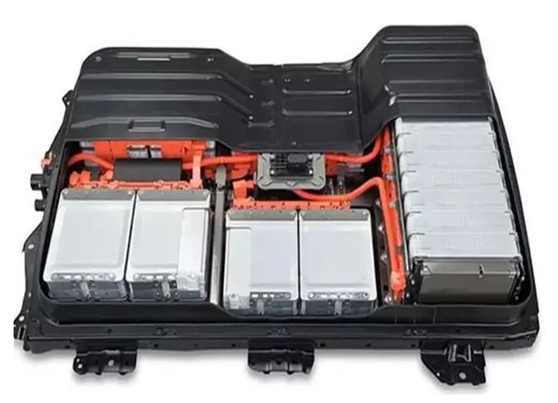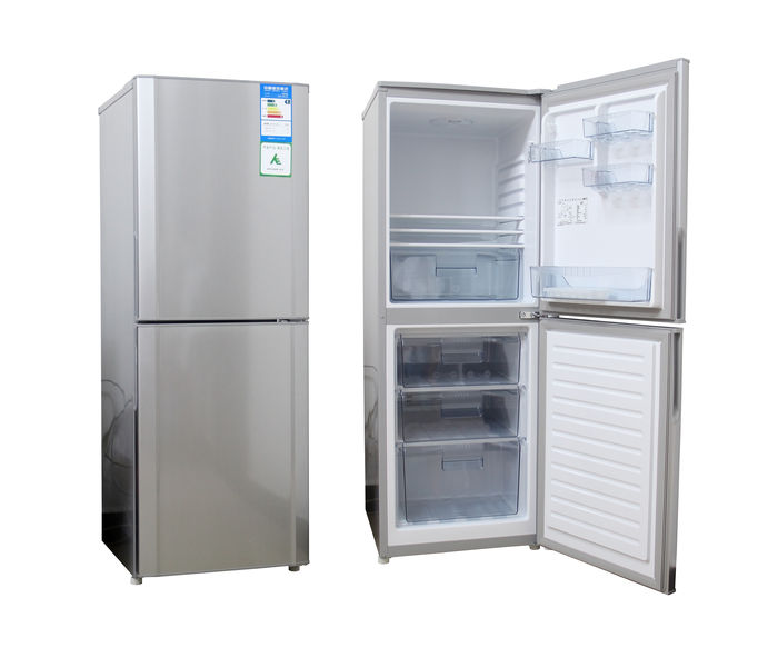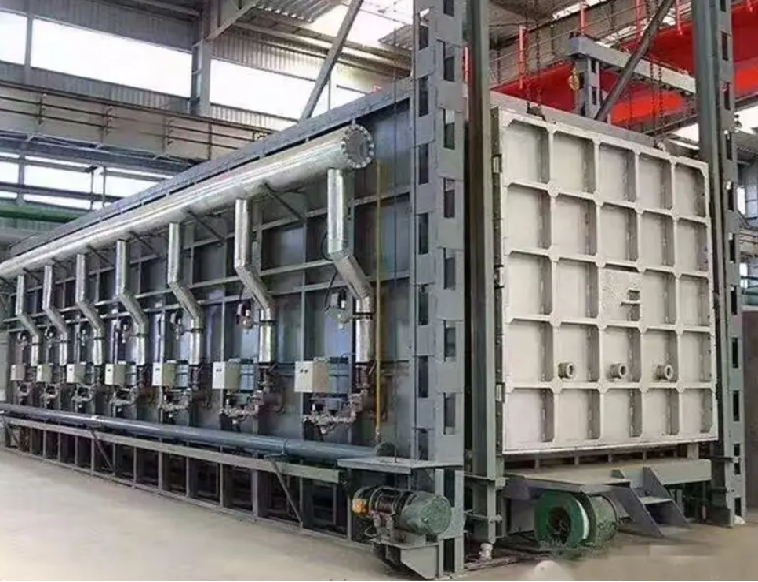News of Israeli military strikes against targets in Iran brings the focus to advanced weaponry. Among the complex technologies deployed, aerogel – often called “frozen smoke” – plays a surprisingly critical, though largely unseen, role in enhancing the performance and resilience of missiles and defense systems, likely including those used in such operations.
Why Aerogel? The Supermaterial Edge
Aerogel holds remarkable properties essential for modern warfare:

- Ultra-Low Thermal Conductivity: It’s one of the world’s best solid insulators.
- Extreme Lightness: Typically 95-99% air, adding minimal weight.
- High Surface Area & Porosity: Enables unique functionalities.
- Structural Versatility: Can be tailored (silica, carbon, polymer-based) for specific needs.
Military Applications in Missiles and Air Defense:
- Critical Electronics Protection (Missiles & Interceptors):
- The Challenge: Sensitive guidance systems (computers, sensors, seekers) inside missile warheads or interceptor kill vehicles face extreme heat – from aerodynamic friction during high-speed flight, nearby engine exhaust, or even the heat generated by enemy lasers or explosions.
- Aerogel Solution: Thin layers or specially formed components of aerogel act as a super-insulating barrier around these electronics compartments. Its incredibly low thermal conductivity prevents heat from penetrating rapidly, keeping vital systems operational within their safe temperature range throughout flight and terminal engagement. This is crucial for precision strikes and successful missile interception.
- Cryogenic Propellant Tank Insulation (Ballistic Missiles / Some Interceptors):
- The Challenge: Missiles using liquid fuels (like liquid oxygen – LOX, or liquid hydrogen) require these propellants to remain at extremely low (cryogenic) temperatures. Heat ingress boils off the fuel, reducing range and payload capacity.
- Aerogel Solution: Aerogel panels or blankets provide highly effective insulation for cryogenic tanks. Its low density minimizes weight penalty compared to traditional insulation, while its superb insulating properties significantly reduce boil-off, ensuring the missile carries maximum usable propellant to its target or enables longer endurance for defensive systems like Arrow interceptors.
- Component Lightweighting (Aircraft, UAVs, Vehicle Systems):
- The Challenge: Every gram saved on platforms carrying missiles or sensors (fighter jets like F-35Is, UAVs like the Heron TP, or missile launcher vehicles) translates to increased payload, range, or maneuverability.
- Aerogel Solution: Beyond insulation, aerogel composites are being explored for lightweight structural panels, internal components, and insulation in aircraft engine bays or vehicle electronics bays, contributing to overall weight reduction.
- Hypersonic Vehicle Thermal Protection (Emerging Tech):
- The Challenge: Hypersonic missiles and glide vehicles traveling at Mach 5+ experience intense frictional heating exceeding thousands of degrees Celsius on leading edges.
- Aerogel Solution: While traditional ablative shields are primary, advanced carbon-based aerogels are being researched and developed for use in thermal protection systems (TPS) due to their ability to withstand extreme temperatures while providing insulation to underlying structures. Israel’s hypersonic research programs likely explore such materials.
Specific Context – Israel’s Arsenal:
Systems potentially leveraging aerogel technology include:
- Missiles: Spice/GPS-guided bombs (electronics protection), Popeye/Stand-off missiles (electronics, potentially cryogenic insulation for longer-range variants), ballistic missiles (cryogenic insulation).
- Air Defense: Arrow-2/3 Exoatmospheric interceptors (cryogenic upper stage insulation, kill vehicle electronics protection), David’s Sling interceptor (electronics protection), Iron Dome Tamir interceptor (electronics protection against launch heat/friction).
- Platforms: F-35I Adir (advanced insulation for stealth & systems), UAVs (electronics/sensor bay insulation).
Conclusion:
While warheads and engines capture headlines, the silent efficiency of components like aerogel is vital for modern military success. Its unparalleled insulating power and lightweight nature protect the delicate electronic brains of missiles and interceptors, preserve crucial cryogenic fuels, and contribute to platform performance. In the high-stakes environment of operations like the recent strike on Iran, aerogel acts as an essential “invisible shield,” ensuring Israeli weaponry functions reliably under the extreme conditions of modern warfare. Its role, though hidden, is fundamental to the technological edge displayed by advanced militaries.


